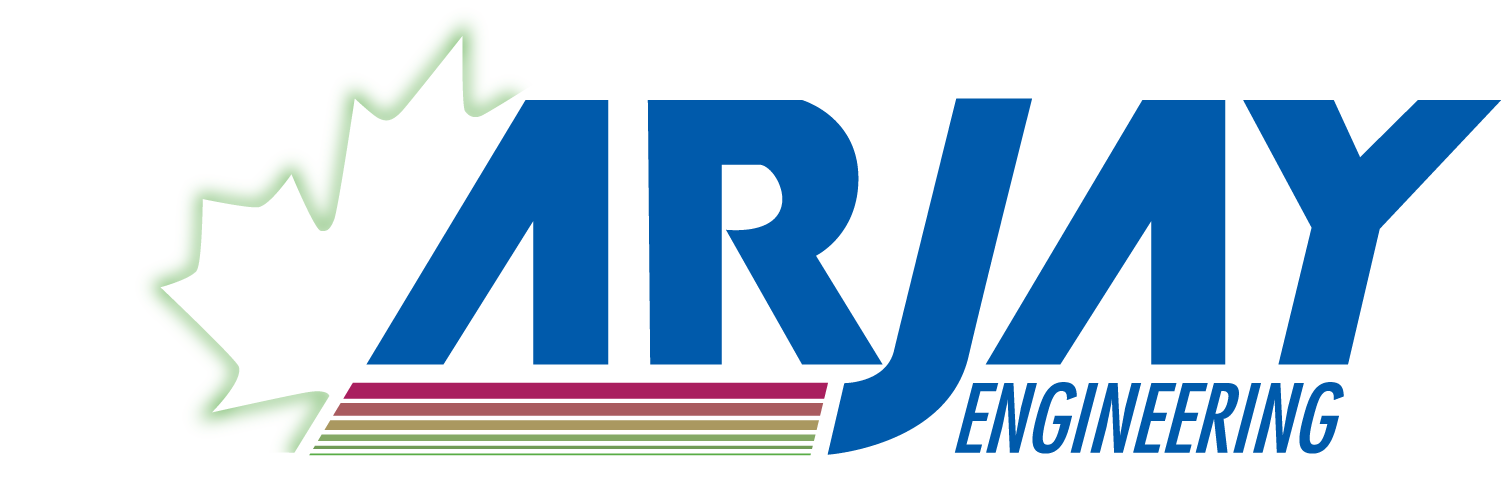Oil-in-Water Monitors in Municipal Wastewater Applications help cities improve water safety. They detect small amounts of oil in water quickly, allowing cities to act fast when there’s contamination. Using these monitors, cities can provide cleaner water more efficiently.
Revolutionizing Water Safety: The Role of Oil-in-Water Monitors
Everyday, millions of cubic meter of wastewater are discharged from homes, businesses, and industries into sewer systems. Water contamination, primarily due to oil spills and industrial leakages, endangers both aquatic life and human health. Oil-in-Water monitors offer real-time insights into oil contaminations, acting as a primary shield against pollutants. Their instant alerts enable municipalities to respond promptly, guaranteeing cleaner water and protecting both communities and marine ecosystems.
How Do These Oil-in-Water Monitors Work?
The HydroSense 4410 PPM Oil in Water Analyzer by Arjay Engineering provides continuous monitoring of hydrocarbon concentrations in water, ranging from 0-5000 ppm. This state-of-the-art device utilizes UV fluorescence, targeting the aromatic components of oil contamination. When illuminated with UV light, the oils within the sample emit a characteristic fluorescent light, the intensity of which indicates the oil’s concentration.
A consistent sample from the process line is directed through the HydroSense chamber. An optical sensor, positioned above the flowing sample, captures the emitted light. Coupled with Arjay’s uniquely engineered sensing chamber and dedicated controller, this system ensures precise and reliable ppm concentration outputs, making it a vital tool for overseeing effluent and produced water.
Why Every Municipality Should Adopt Oil-in-Water Monitors?
These devices are changing how cities handle water. For municipalities wanting to improve their water systems, these monitors offer multiple benefits.:
- Early Detection: Instead of waiting for reports from citizens or periodic testing, municipalities receive real-time data.
- Cost Efficiency: By addressing contamination quickly, municipalities save on hefty clean-up bills in the long run.
- Enhanced Public Trust: Knowing that their water sources are monitored round-the-clock instills confidence in residents.
Best Practices for Optimizing Oil-in-Water Monitors
Municipalities must be proactive in their implementation and usage. This means periodic calibration to ensure accuracy, training staff to interpret data correctly, and fostering collaboration between different departments for swift action.
Getting Started: How Municipalities Can Implement Oil-in-Water Monitors
If you’re a municipality looking to integrate these monitors, it’s crucial to start with a comprehensive assessment of your water sources. Identify high-risk zones, such as areas near industrial units or heavy traffic waterways.
Once identified, invest in high-quality Oil-in-Water monitors. While the initial costs might seem steep, the long-term benefits, both in terms of cost savings and enhanced public health, are invaluable. To ensure you’re getting the best technology tailored to your specific needs, reach out to Arjay Engineering. Collaborate with our team of experts for a seamless and effective implementation.
FAQs:
How often do Oil-in-Water monitors need maintenance?
Regular maintenance ensures the device’s accuracy. Typically, a bi-annual check-up is recommended. However, in high-risk areas, more frequent checks might be necessary.
Why are Oil-in-Water monitors essential for municipal management?
These monitors play a pivotal role in ensuring the safety of water sources. By providing real-time data on oil contamination, municipalities can act swiftly, preventing extensive damage and health risks.
How much do these monitors cost?
The cost varies based on the model and features. However, it’s essential to view this as a long-term investment in safeguarding water resources and public health.
Can these monitors detect other contaminants besides oil?
While primarily designed for oil detection, some advanced models can detect other pollutants. It’s crucial to liaise with the manufacturer to understand the monitor’s capabilities.
How long do these monitors last?
With proper maintenance, these devices can last several years. However, as with all technologies, it’s a good practice to upgrade periodically to benefit from advancements in the field.
For more information regarding applications, pricing, etc. please do not hesitate to contact our Technical Sales Specialist, Moe Nazal.


